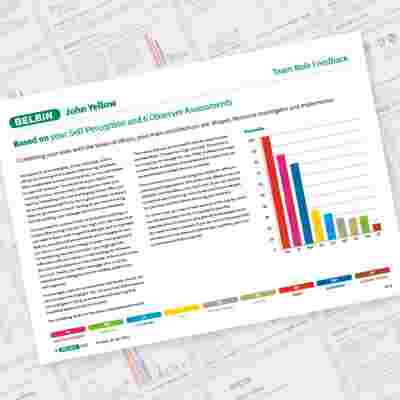What is burnout?
Under pressure, we fall back on familiar behaviours – those that come most naturally.
When pressure is prolonged, these behaviours become coping strategies, often hiding deeper issues like burnout.
Burnout is often mistaken for simply needing a break. That’s why many organisations offer surface-level fixes – like yoga, mindfulness sessions, or “Zoom fatigue” workshops – without addressing the root causes.
But burnout is more than stress. It’s a chronic state of emotional, physical, and mental exhaustion. Symptoms include detachment, cynicism, overwhelm, procrastination, and self-doubt.

















